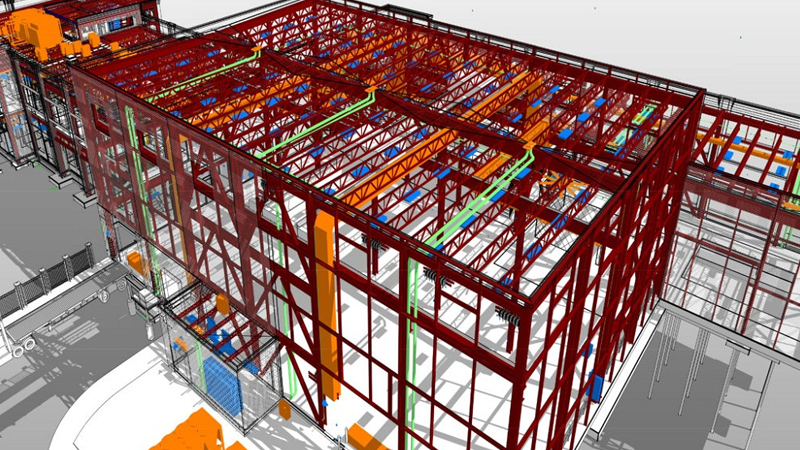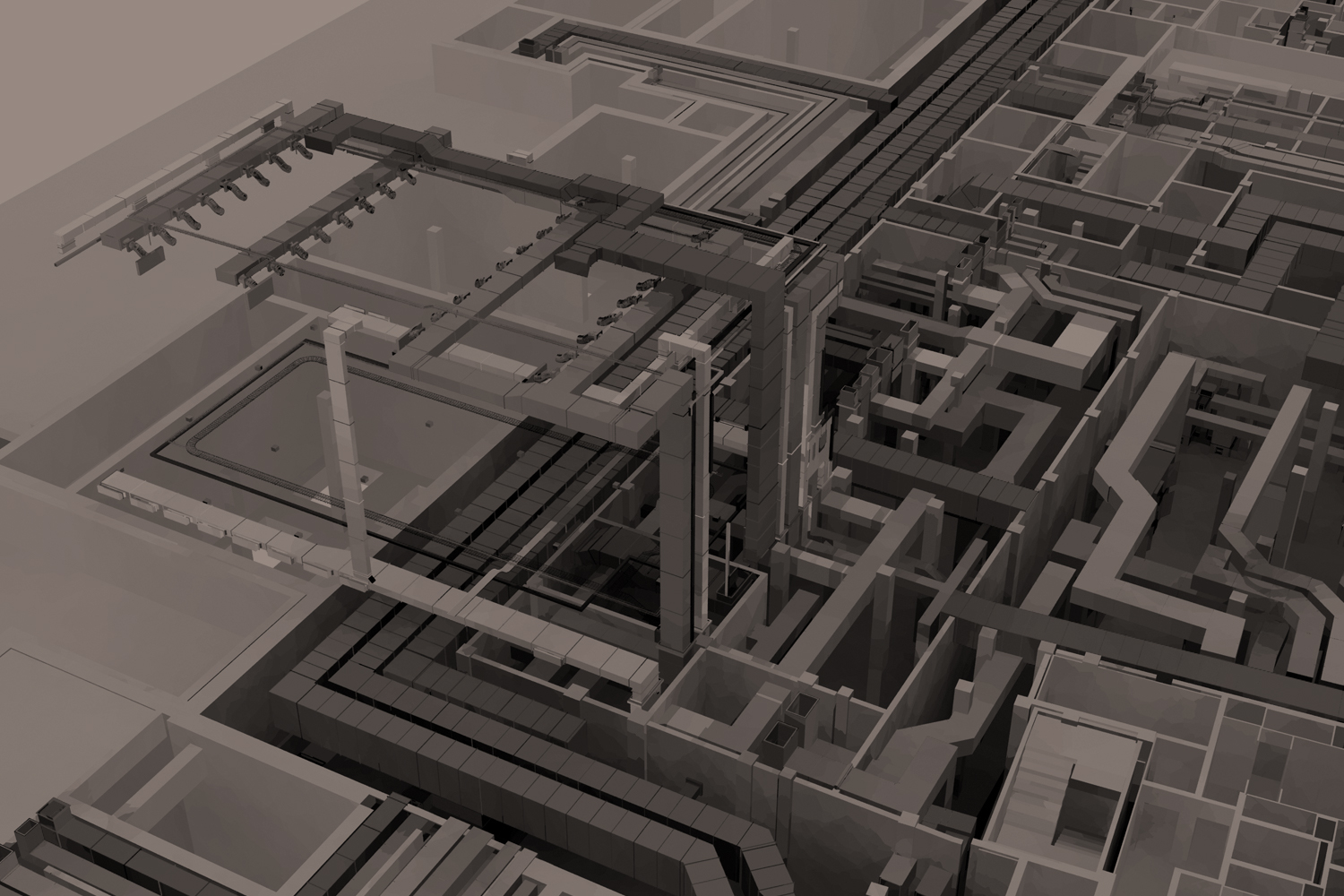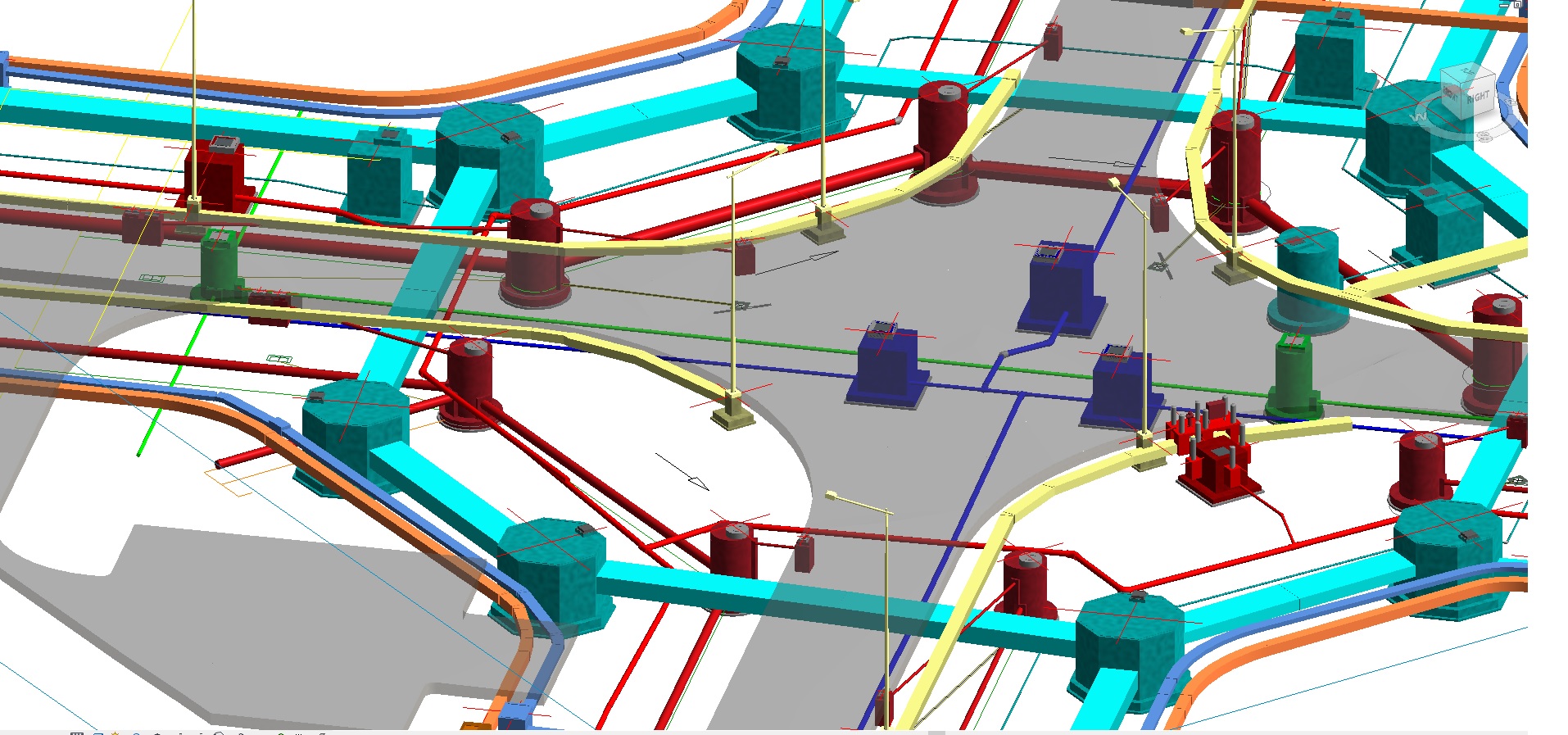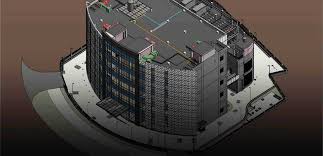In the ever-evolving landscape of the construction industry, innovation stands as the cornerstone of progress. Among the numerous technological advancements that have reshaped the way we build, Structural BIM (Building Information Modeling) services have emerged as a powerful catalyst for transformation. These services have completely changed how we think about, build in, build, and manage buildings. In this thorough investigation, we delve into the significant impacts of structural BIM services, exposing their amazing ability to shape the modern construction landscape.
A Primer on Structural BIM Services
Before delving into the intricacies of the subject, it is prudent to elucidate the essence of Structural services:
Structural BIM: Building Information Modeling is an expansive digital representation encompassing a building’s physical and functional characteristics. However, within this expansive realm, Structural BIM narrows its focus to the very bones of a structure—its structural framework, load-bearing components, and foundational elements. It presents a detailed 3D model that intricately weaves together all structural facets of a construction project.
The Transformative Power
Precision in Design: The introduction of Structural BIM service elevates design precision to unparalleled heights. Engineers wield the capability to craft intricate 3D models that authentically portray a building’s structural components. This newfound precision underpins sound decision-making, minimizes errors, and assures that the final design adheres to stringent safety and performance criteria.
Efficiency Through Collaboration: Structural BIM fosters seamless collaboration among diverse stakeholders—architects, structural engineers, contractors, and owners. Within this digital ecosystem, these professionals can seamlessly exchange real-time information and insights, propelling efficient decision-making and minimizing the risk of miscommunication.
Clash Detection as a Safeguard: One of the hallmark features of Structural BIM is its innate ability to unearth clashes or conflicts within the design. This includes identifying instances where structural elements intersect with mechanical, electrical, or plumbing systems. Early clash detection preemptively averts costly on-site conflicts during the construction phase.
Cost Optimization: By crafting precise digital models, BIM services empower engineers to maximize the utilization of materials and resources. This translates to cost savings throughout construction and the operational lifespan of the building. Additionally, it aids in reducing waste and curbing the environmental footprint of construction endeavors.
Simulation and Analysis: BIM services empower engineers to simulate various scenarios and conduct in-depth structural analyses. This encompasses evaluating how a building responds to external loads, such as wind or seismic forces. Engineers can refine the design to enhance structural integrity and safety.
Construction Prowess: The intricate digital models provided by Structural Services are invaluable during the construction phase. Contractors leverage these models to meticulously plan and execute construction with unmatched precision. The outcome is shorter construction schedules, diminished labor costs, and mitigated rework issues.
Championing Sustainability: In an era defined by environmental consciousness, BIM services play a pivotal role in designing ecologically sustainable structures. Engineers can scrutinize the environmental impact of different materials and construction methodologies, facilitating the creation of eco-friendly buildings.
The Multifaceted Applications of Structural BIM Services
The applications of Structural BIM services are expansive, touching various facets of construction and beyond:
Architectural Integration: Structural BIM seamlessly embeds structural elements into the architectural design, ensuring they harmonize with the aesthetic vision of the building.
Renovation and Retrofitting: Structural BIM proves invaluable in the renovation or retrofitting of existing structures. It provides a comprehensive assessment of the structural condition of older buildings and facilitates planning for necessary upgrades.
Facility Management: The detailed BIM models serve as indispensable tools for facility managers, offering exhaustive information regarding the location and maintenance requisites of structural components.
Urban Planning: In the realm of urban planning, Structural BIM service aid in designing and analyzing the structural aspects of grand-scale developments such as bridges, tunnels, and expansive infrastructure projects.
Challenges and Nuances
While Structural Services herald a new era of innovation, their implementation is not without its share of challenges:
Learning Curve: Transitioning to Structural BIM necessitates training and adaptation to new software, which can be a formidable hurdle for some professionals.
Software Compatibility: Ensuring that all stakeholders employ compatible BIM software is imperative for effective collaboration.
Data Management Complexities: Managing the vast volumes of data generated by Structural BIM software can be intricate and necessitates efficient data management systems.
Conclusion
The building industry is experiencing a change due to large part to structural BIM services. They have changed ways buildings are planned, constructed, and managed thanks to their capacity to produce accurate, comprehensive digital models. Cost reductions, environmentally friendly building techniques, and increased cooperation between industry professionals all contribute to the impact.
ENGISOFT ENGINEERING – BIM Staffing & BIM Services will continue to be essential in creating innovative, safe structures as we forge ahead into the future of building. The ability of this technology to completely transform an industry is only limited by the imagination and creativity of those who use it.











